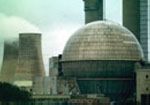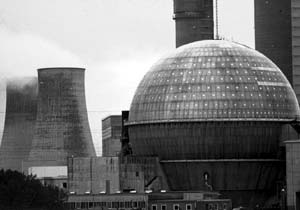
Every nuclear power station creates plutonium while in operation. The plutonium is contained in the spent fuel elements. A number of countries have shipped their spent fuel to La Hague, (France) or Sellafield (UK) for reprocessing, although Sellafield no longer has any major overseas contracts.



